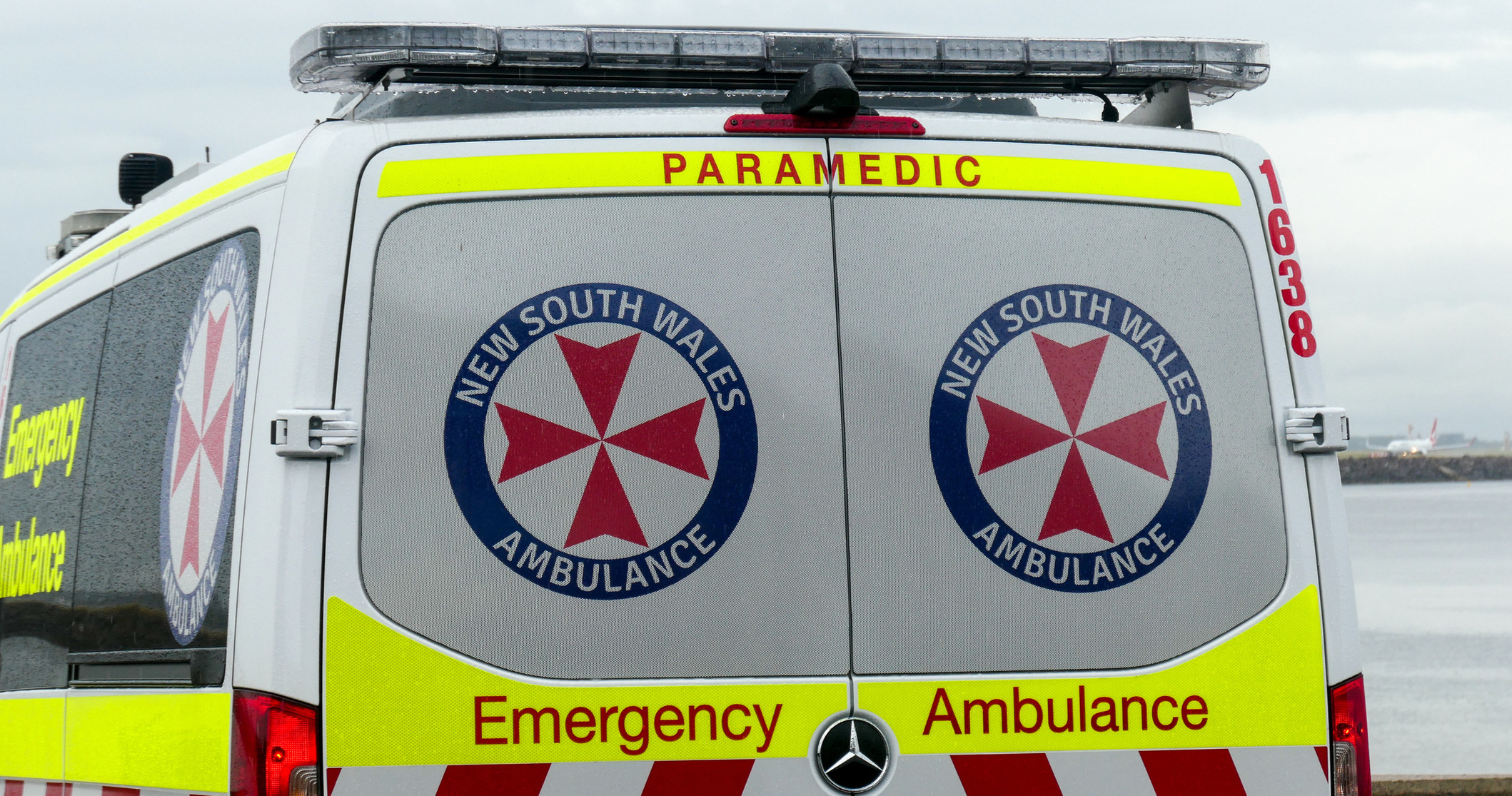Last chance to have your say on the proposed NSW ESL reform
Time is running out to provide your feedback on the four proposed funding models to replace the NSW Emergency Services Levy.

Time is running out to provide your feedback on the four proposed funding models to replace the NSW Emergency Services Levy.
Last month, the NSW government released a consultation paper outlining four potential revenue-base models for replacing the NSW Emergency Services Levy currently levied on general insurance premiums.
To provide statistically relevant feedback, we need NSW brokers to respond to our 3-question survey.
Which suggested model do you prefer, and which should not be considered?
The four models put forward for consideration are;
Capital improved values: NSW uses capital improved values for transfer duties but does not keep a database of current capital improved values for any ongoing annual taxes. Developing such a database would require time and involve significant up-front costs. Valuation NSW has estimated that it could take five years to implement a capital improved values revenue base for over 3.5 million properties.
Both Victoria and South Australia fund emergency services through a property levy based on capital improved values with both a fixed and variable component.
Unimproved land value: Land values are estimated regularly by the NSW Valuer General and are based on factors such as:
- the highest and best permitted use of the land based on zoning and planning restrictions
- land size, shape, features, location and views
- comparable sales.
In NSW, land values are used as the base for land tax and council rates. The Australian Capital Territory uses a five-year average of unimproved (land) values for their rates, land tax and Police, Fire and Emergency Services Levy
Gross rental values: As with a capital-improved revenue base, a gross rental value model would require NSW to develop a database of valuations for all properties in the State, with the associated lead time and cost.
Gross rental values would have to be estimated across all properties, even for those that have never been rented out. Western Australia and Tasmania use gross rental values as a property levy revenue base to contribute towards part of the cost of their emergency services.
A fixed charge model: A revenue base model using only fixed charges could include different charges depending on:
- land use categories, such as residential, commercial, industrial and farmland, and
- the level of emergency services available (for instance, areas where the costs of services per property are higher could pay the highest levies).
All states and the Australian Capital Territory fund their emergency services using an element of fixed charge. Queensland alone uses only fixed charges and does not differentiate based on property values, land values or gross rental values. In Queensland, a fixed charge is applied to all properties based on their land use category and level of fire services available.
Should either of the remaining revenue streams be replaced?
In addition to the revenue model, the government is also seeking feedback on whether either of the remaining two revenue streams should be replaced. The NSW Fire and Emergency Services are currently funded through a co-contribution model, with council contributions collected from rate-payers and funding from general revenue accounting for approximately 26 percent of all funding.
It is vital that NIBA is able to collect feedback from as many brokers as possible in order to provide a meaningful submission on behalf of the insurance broking profession. We ask you to provide your response to our short one-minute survey here. Alternatively, they may provide feedback in writing to Allyssa Hextell, Head of Policy and Advocacy, at ahextell@niba.com.au by Friday, 10th May 2024.
